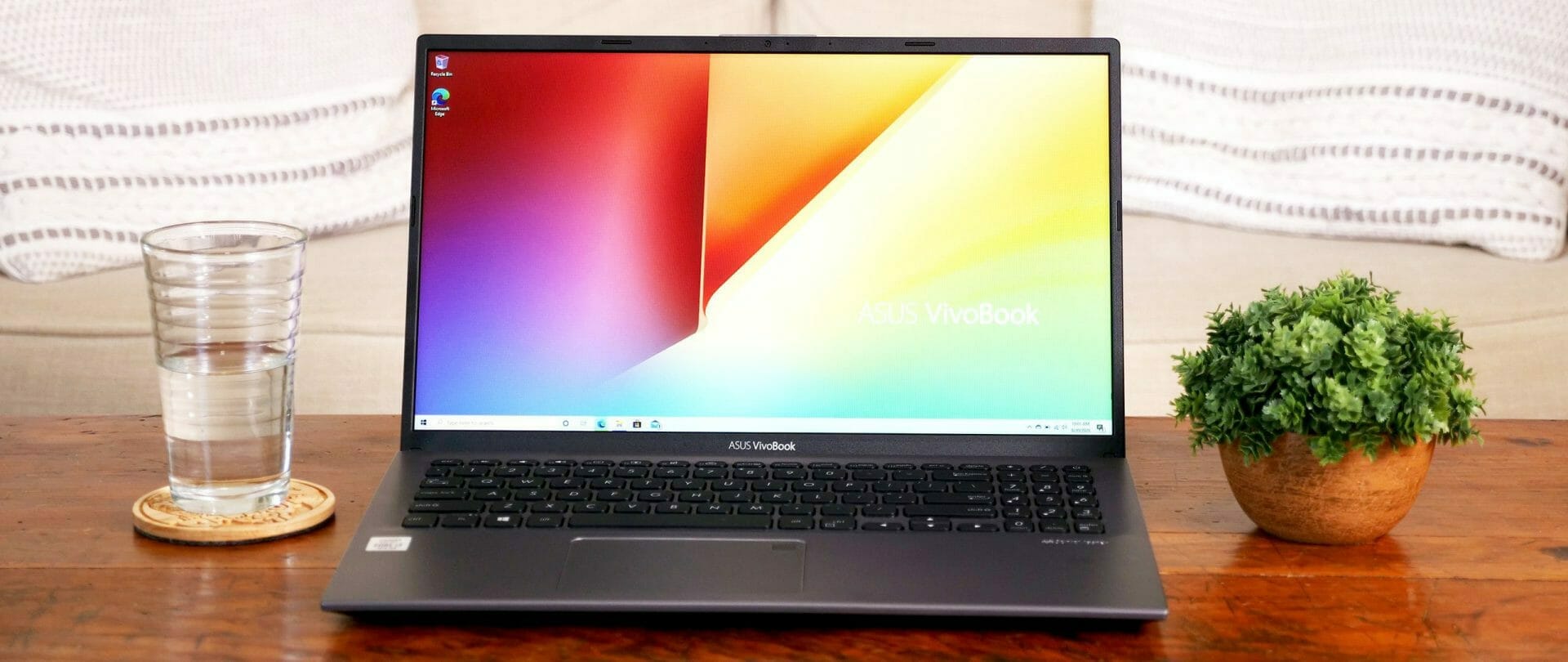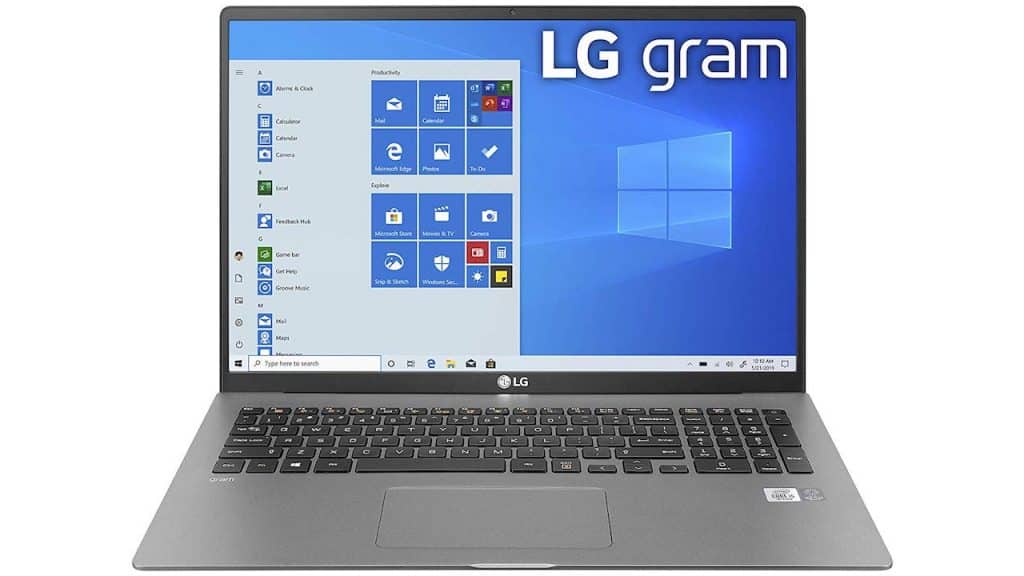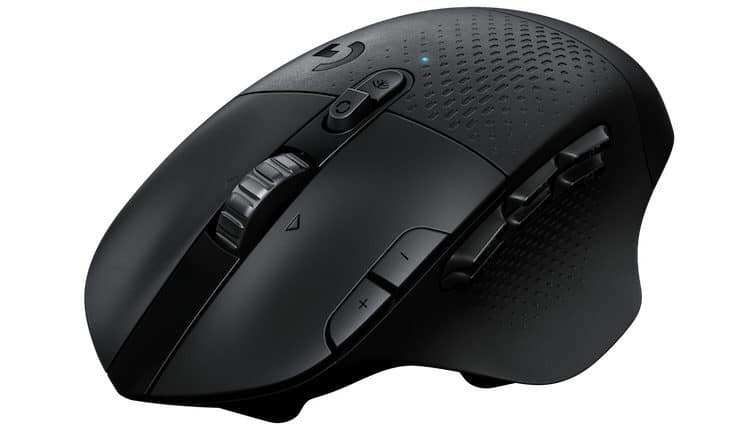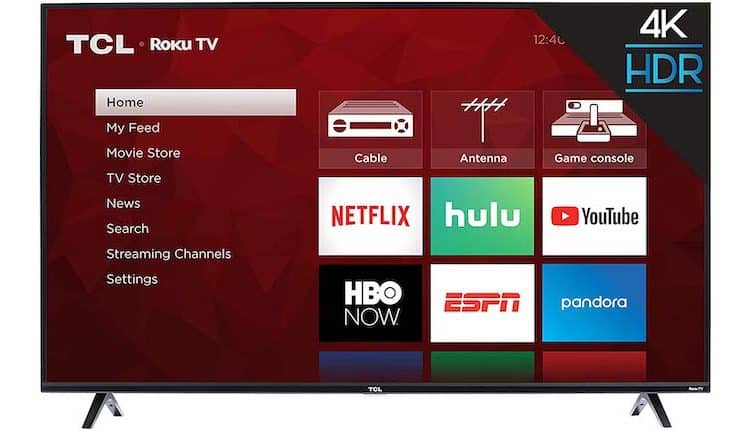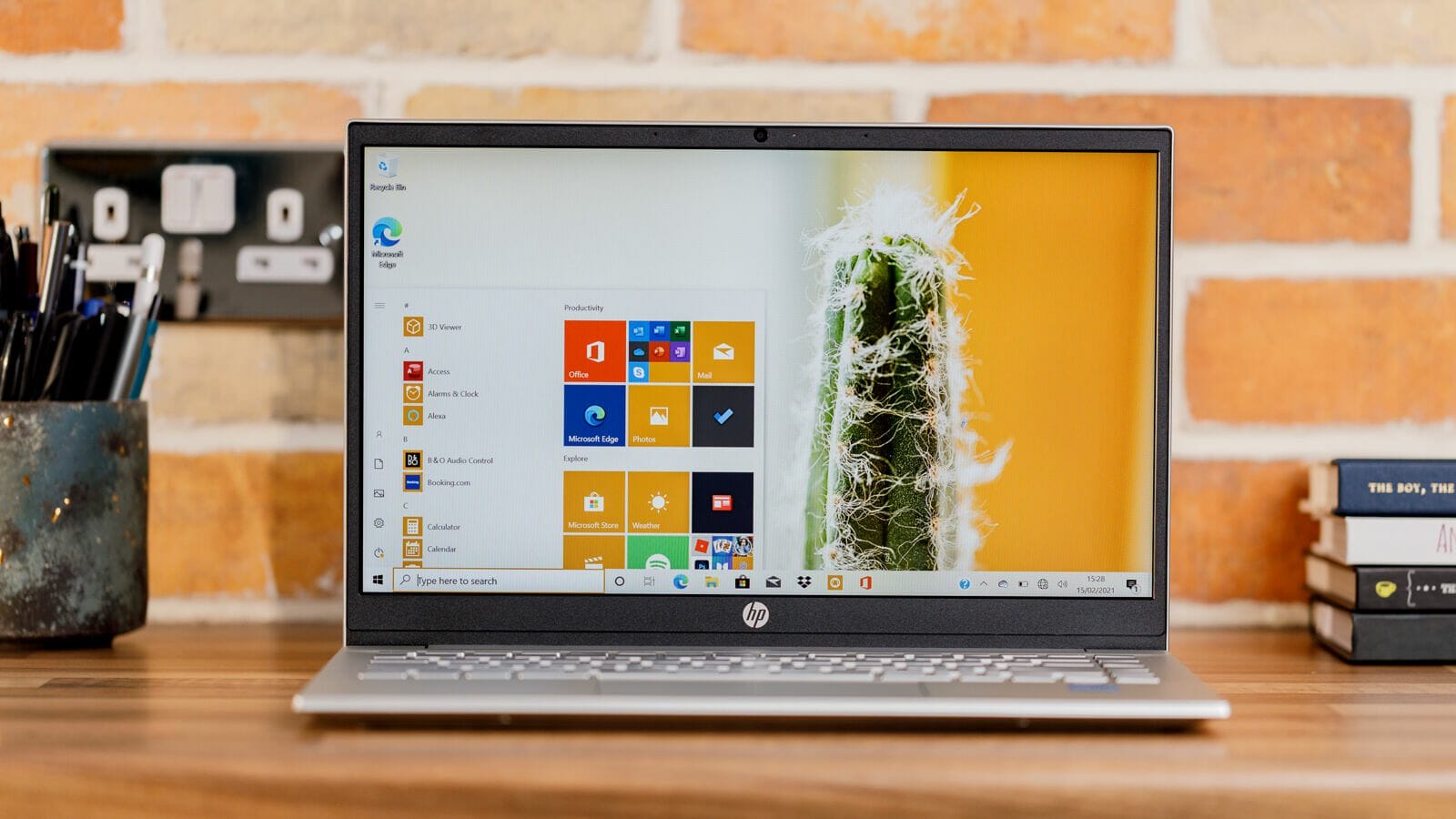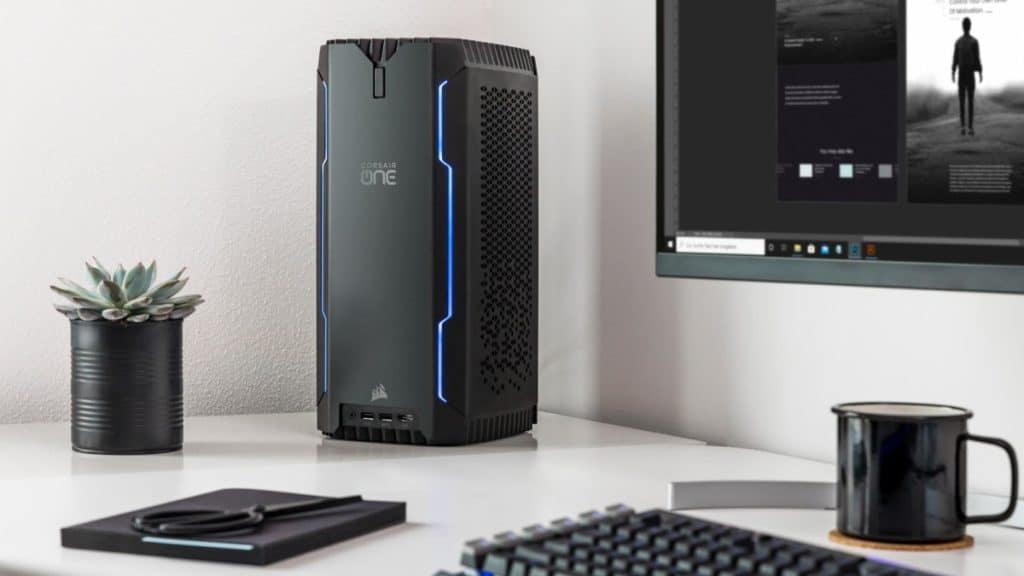The ASUS Zenbook UX303UB looks and feels like a premium desktop-replacement laptop. It seems to carry lots of components that will make power users and budding gamers happy. ASUS threw in there lots of decent features such as a Core i7 processor belonging to the latest 6th Generation (Skylake), and now you have a whoping 512GB solid-state-drive (SSD)-which is a thousand times better than conventional hard drives.
As if that is not enough, you get a sleek 13.3-inch touch screen that offers more than Full HD, but rather a quad HD resolution. All these combined with 12GB RAM, dedicated NVidia GT940M 2GB graphics card and Windows 10 pre-installed adds up to a stronger case in the new battlefield of lighter and thinner laptops powered by the latest Skylake processors. So how does the Zenbook UX303UB add up to beefier competition…let’s see!
Design
The Zenbook line has had a fairly consistent design over its several iterations, and the Zenbook UX303UB has the same brushed-aluminum (Smokey Brown) construction seen on the ASUS Zenbook UX303LB, with a radial, brushed pattern across the lid, and a distinctive circular pattern of perforations serving as the grille for the system’s built-in speakers. Sure, there’s more than a passing resemblance to the 13-inch Apple MacBook Pro, but those unique design elements give it a flavor all its own. The Zenbook UX303UB measures 0.8 by 12.70.1 by 10 inches (HWD) and weighs 3.2 pounds, which is within an ounce or two of competitors, like the MacBook Pro and the Dell XPS 13 Touch.
The keyboard is similar to that seen on the ASUS N550JX, with square, chiclet-style keys and automatic backlighting that adjusts according to the ambient lighting in the room. Below the keyboard is a touchpad, and Asus claims that the 16:9 aspect ratio of the touchpad is more efficient since it matches the aspect ratio of the display. Whether or not it’s an improvement is up for debate—I didn’t notice any real difference—but the glass-surface click pad works well, and supports all Windows 10 gestures.
The 13.3″ display with 3200×1800 resolution (Quad HD) surely looks professional, but if you’re really using that resolution you must be a hawk – so small will icons, text and everything look on this screen. But don’t worry, you can always change the resolution, 1920×1080 should work nicely. The panel type is naturally IPS and it’s a glossy screen. Touch is supported as well.
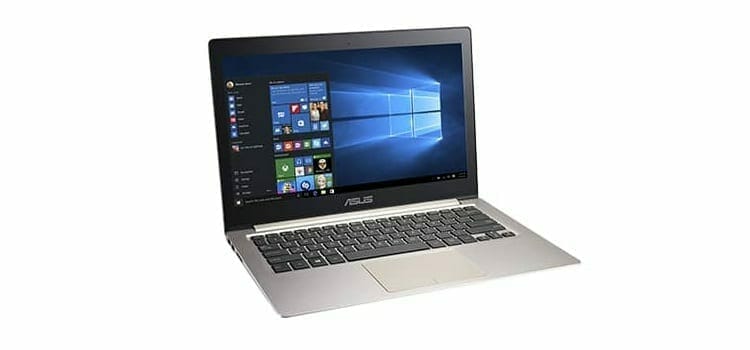
Storage
For storage, there’s a 512GB solid-state drive (SSD). While not as large as the 1TB of hard drive storage offered by the Toshiba Satellite P50T, it is larger than the 256GB Flash Storage module offered in the base model of the Apple MacBook Pro. It’s also faster than both of those alternatives, thanks to a 4x PCIe connection that offers better data-transfer speeds than traditional SATA connections.
Connectivity
On the right side, you’ll find two USB 3.0 ports, an SD card slot, and a headset jack. On the left are a third USB 3.0 port, which also boasts power for charging gadgets while the laptop is asleep, along with an HDMI-out port and a mini DisplayPort. Here you don’t get any USB Type-C or Thunderbolt ports. If needed, the MacBook Pro does gets a Thunderbolt 2 port for fast data-transfer capabilities for high-speed storage and docking accessories.
This is an especially nice feature if you’re buying a MacBook Pro for use in a home or business that uses a lot of Apple Mac hardware, where Thunderbolt has the largest market presence. Internally, the Zenbook features not only dual-band 802.11AC Wi-Fi and Bluetooth 4.0.
Performance
The ASUS Zenbook UX303UB boasts a 6th-generation (Skylake) Intel Core i7-6500U 2.5GHz (Turbo up to 3.1GHz) processor and 16GB of RAM, with an Nvidia GeForce GTX 940M 2GB graphics card. This combination of features gives the UX303UB enough muscle to perform as a solid multimedia machine capable of dealing with most everyday activities and work-related tasks as well.
The 3200-by-1800 pixels screen however kills it for photographers/videographers and anyone else who would require a color-accurate panel such as the MacBook Pro with retina display. If you’ve been keeping an eye on Asus products lately, you may notice that the configuration is nearly identical to the game-oriented ASUS ROG GL551JW-DS74, but the Zenbook UX303UB cuts a niche for itself as a premium desktop-replacement laptop.
Many of you would be interested in this one’s gaming abilities and it will be able to run some games, but don’t expect it to handle the latest titles smoothly. The Nvidia 940M is a low to mid-level dedicated chip at best and only a minor update of the Nvidia 840M chip used on the original UX303.
In other words, while games have come a long way in the last two years, this Zenbook has stalled and is only a minorly improved version of the 2013 model. Thus if you need a truly capable gaming ultraportable, you’ll have to look elsewhere such as the ASUS ROG G751JY-DB72 with G-SYNC capabilities for newer titles such as GTA 5 at optimal resolutions or even the Dell Inspiron i7559-763BLK for mid-level titles at medium resolutions.
Battery Life
About the only aspect of performance that’s lackluster is battery life, with the laptop lasting 6 hours surfing the web. Given the power requirements of a 4K display, this isn’t too bad—and it’s better than the Toshiba Satellite P50T (2:45)—but it still falls behind the competition. The Apple MacBook Pro 15-inch leads with 8:55, but the Dell XPS 13 (5:48) and the ASUS N550JX (5:24) both manage to break the 5-hour barrier.
The Bottom Line
The ASUS Zenbook UX303UB is prime example of how premium hardware can be packed into a system without necessarily attracting obnoxious prices. Even a few months ago, similarly equipped laptops cost hundreds of dollars more due in no small part to the cost of relatively rare 4K resolution displays and high-end graphics hardware. As time marches forward, technology gets more affordable, and the hardware behind high-resolution displays and high-performance CPUs ring up at a much lower price.
The result is a system that not only outclasses competitors on most fronts, but is far more affordable. As such, the Zenbook Pro comes close behind our Editors Choice the Apple MacBook Pro 15-Inch Retina Display (2015) as a recommendable pick for high-end desktop-replacement laptops.
New Model: Asus VivoBook S410UN-NS74
The launch Intel’s eighth-generation chips coincided with Asus updating its VivoBook line of laptops. For this model, there is a new iteration, the Asus VivoBook S410UN-NS74, a 15.6-inch laptop backed by a snappy solid-state-drive (SSD) storage, an 8th Gen i7 processor, 8GB of RAM and a dedicated graphics card. The result is an affordable laptop that stands out from the crowd in terms of sleek design, lightweight profile and spirited performance. We reviewed it here.
Our Pick





